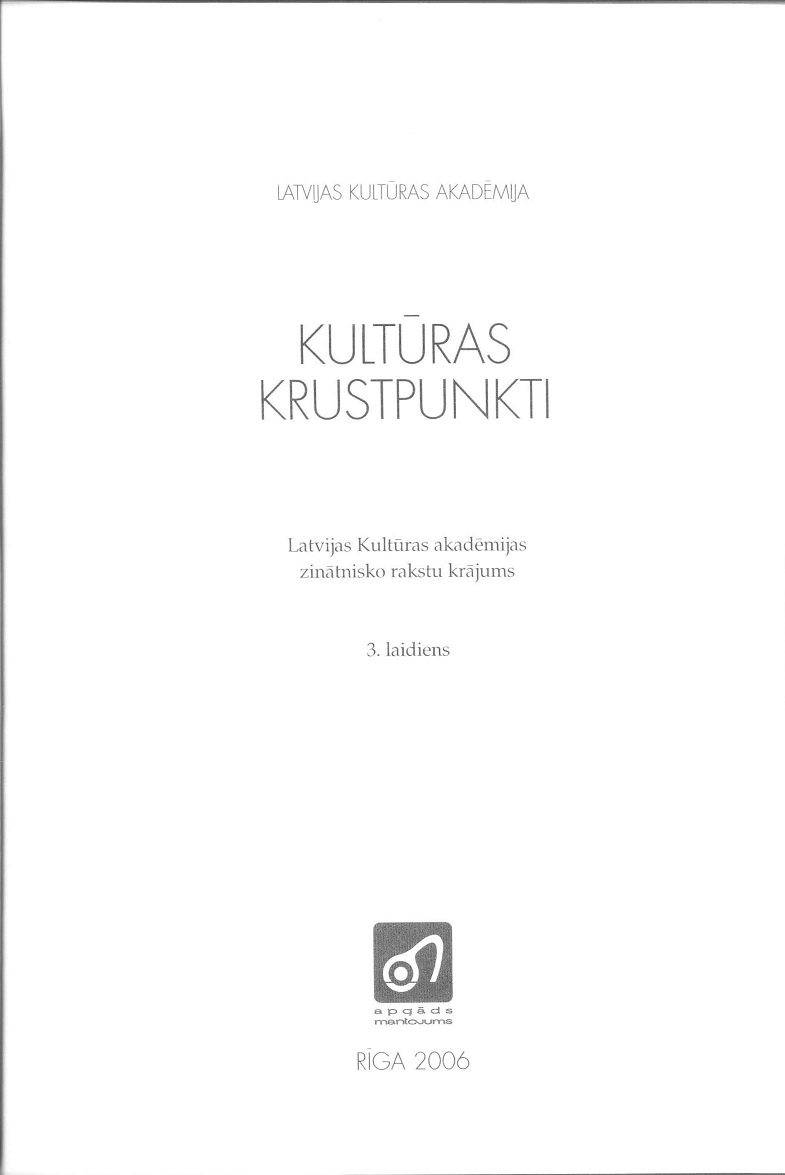Arheoloģijas dati jumja attīstības izpētē Latviešu mītiskajos priekšstatos
Archaeological Data on the Investigation of the Deity Jumis in Latvian Mythical Notions
Author(s): Valdis RūsiņšSubject(s): Archaeology, Cultural history, Customs / Folklore, Ethnohistory, Sociology of Religion, History of Religion
Published by: Latvijas Kultūras akadēmija
Keywords: Archaeology; deity Jumis; Latvia; mythology; religions; mythical creature; religious traditions; folklore;
Summary/Abstract: The article deals with the possibility of the use of archaeological data in the investigation of the development of the deity ļumis in Latvian Pre-Christian religious notions from not personified jumis (two ears of grain, stalks of flax or I wo fruit that have grown together) to a personified, anthropomorphic mythical creature. Two dominant theories in the comparative Indo-European linguistics indicate a well-marked link of the word jumis with the Proto-Indo-luropean language. However, these theories are not able to give certain answers to the questions when and how the notions of jumis developed in the Latvian religious traditions. The analysis of the Latvian archaeological material is taken as a basis for the attempt to investigate the chronology of jumis' development. The first millennium A.D. indicates the appearance of jumis motifs in archaeological material and ornaments. Archaeological material indicates that the process of the formation of Jumis as a deity took place in the 12th-14th cc, while the personification of ļumis began already in the middle and the second half of the first millennium A.D. The anthropomorphization of the image of ļumis as it appears in the Latvian folklore sources is incomplete and, apparently, was stopped by the Reformation in the 15th century.
Journal: Culture Crossroads
- Issue Year: 3/2006
- Issue No: 2
- Page Range: 66-71
- Page Count: 6
- Language: Latvian

